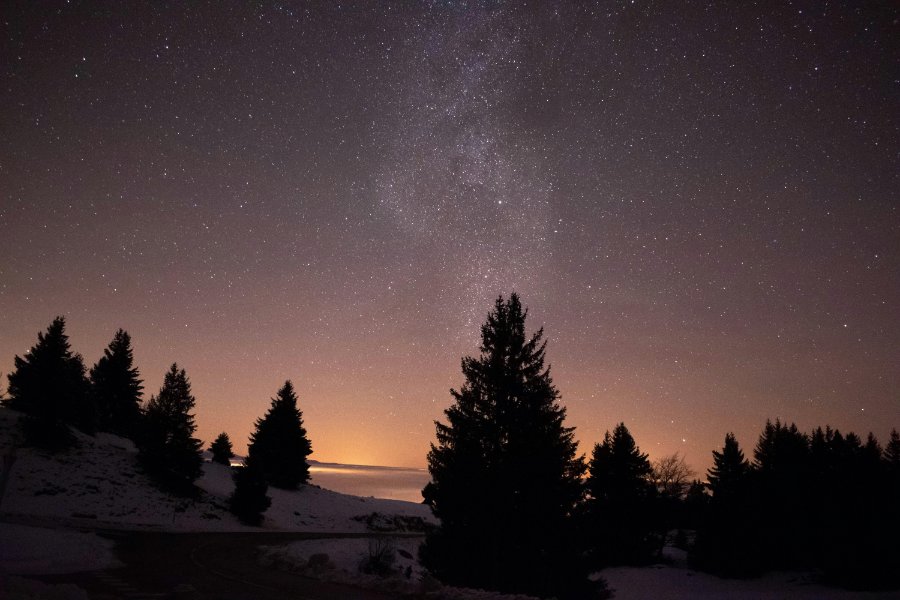Posted by Gevin Frey | Real Estate & Community Insight
Seattle may be known for cloudy skies, but when they clear—few places offer the kind of awe-inspiring night sky that stargazers dream of. From meteor showers to rare planetary alignments, 2025 is packed with celestial events worth setting an alarm for. Below, you’ll find the most exciting skywatching moments this year—plus some of the best places around Greater Seattle to enjoy them.
Why Stargazing Still Matters to Me
I grew up in a small town just outside of Nashville, Tennessee, on ten acres where the night sky always felt close. On clear summer nights, the Milky Way stretched across the field in front of my house. I’d lay out in the grass for hours, watching shooting stars until 3am.
Sometimes I’d load up my camera and drive the backroads, searching for the perfect spot to capture the moon or a trail of stardust from a different angle. Those nights became my escape—quiet, still, and full of wonder.
Even now, I find myself stepping outside in the evenings to do the same. A few moments under the stars is often all I need to reset my mind and find a bit of clarity after a long day.
Can’t-Miss Astronomy Events in 2025
- Lyrid Meteor Shower – April 21–22
Best Time: After midnight
Up to 18 meteors per hour streak across the sky. Look east and give your eyes 20 minutes to adjust to the dark.
- Eta Aquarid Meteor Shower – May 3–4
Best Time: 2:00–4:30 AM
Known for fast, bright meteors. One of the best pre-dawn shows of the year.
- Perseid Meteor Shower – August 12–13
Best Time: After midnight
A favorite for a reason—bright, frequent meteors, and great for casual skywatchers and families.
- Supermoons – October 7, November 5, December 4
The Moon will appear larger and brighter than usual. Ideal for photos—no telescope required.
- Saturn’s Ring Plane Crossing – November 23
A rare event that happens once every 13–16 years. Saturn’s rings will appear edge-on from Earth, making them nearly invisible. Best viewed through a telescope around midnight.
Top Stargazing Spots in Greater Seattle
- Rattlesnake Lake (North Bend): An easy favorite with wide-open skies and minimal light pollution.
- Goldendale Observatory State Park: A bit of a drive, but worth it for the dark-sky quality and public telescope access.
- Tiger Mountain State Forest (Issaquah): A local favorite for elevation and accessibility.
- UW Planetarium (Seattle): Great option when the weather doesn’t cooperate. Check their schedule for events and shows.
Tips for a Great Night Under the Stars
- Arrive 20–30 minutes early so your eyes can fully adjust to the dark.
- Bring warm layers, a blanket, and a reclining chair for comfort.
- Use a red flashlight to preserve your night vision.
- Check moon phases and weather forecasts before heading out.
- Apps like Sky Guide or Star Walk can help you find constellations and planets in real time.

